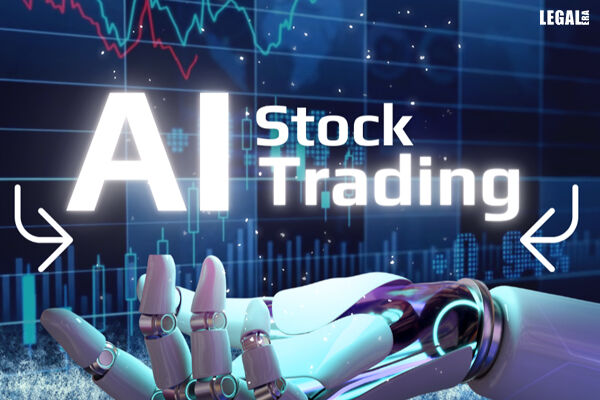
Analysts state tech spending will assess stock market’s AI trade
Investors wary of parallels with the dot-com market bubble 25 years ago
Market analysts have claimed that the recent spending updates from U.S. mega-cap companies investing massively in artificial intelligence (AI) could jolt the AI trade, a primary driver of the record-breaking U.S. stocks.
Considered the main component of the AI trade, capital spending has propelled equities following the launch of the AI assistant ChatGPT in November 2022.
With the benchmark S&P 500 up about 17 percent year-to-date and 90 percent since the bull market in 2022, investors are wary of parallels with the dot-com market bubble 25 years ago.
The scenario has been led by a select group, including chipmaker Nvidia, which has symbolized the enthusiasm with its market-leading AI chips and mammoth share-price gains. By setting a $5 trillion benchmark, it has positioned the firm as the world’s largest by market value.
Investors claim that investments by multinationals, including Microsoft, Alphabet, Meta Platforms, and Amazon, have enabled the infrastructure that supports the burgeoning industry while signaling confidence in the move.
Don Nesbitt, senior portfolio manager at F/m Investments, said, “You want to still see that they are investing in these AI data centers and still continuing to build. If you start to see them falter, then that is kind of a bellwether for the whole AI theme.”
The annual capex from the four giants plus Oracle doubled between 2022 and 2024 to over $200 billion. It is likely to rise to about $500 billion by 2027.
However, investors are mindful of past capex cycles going bust and the possibility that the spending could eventually result in overcapacity.
Jeff Buchbinder, chief equity strategist for LPL Financial, remarked, “The key to determining whether this might be a bubble probably sits with the same sign we got in the late ’90s, which is wasteful capital spending.”
According to investors, Wall Street expects further AI spending, warning of how much the companies are willing to commit.
Nick Giorgi, chief equity strategist at Alpine Macro, remarked, “It’s a reflection of the ultimate market opportunity. If the hyperscalers pared back their spending, it signals that they may not believe in the actual monetizable potential of these technologies they are heavily investing in.”
Meanwhile, the surge in spending means that the five hyperscalers are spending 60 percent of their operating cash flow on capex.
According to Torsten Slok, chief economist at Apollo Global Management, this is a record amount. As investors noted that many companies in the AI industry have stronger financial positions than the players caught in the dot-com bubble.
Besides, free cash flow margins for the AI hyperscalers have averaged 15 percent in recent years, compared to 3.5 percent margins in the 1990s for telecom companies that built out fiber-optic network infrastructure.
In a recent report, investment firm Glenmede stated, “This is in anticipation of explosive internet demand that failed to materialize.”
Michael Reynolds, vice president of investment strategy at Glenmede, opined that until recently, the market had rewarded ‘asset-light’ companies that did not need to implement major investments.
However, “Investors are seeing the script flip on that. This year is very much an outlier where those companies that are deploying capex at a large scale are outperforming to a significant degree. “It’s getting to a scale where you have to make sure that the thesis on demand is coming through,” he added.
Microsoft, Google-parent Alphabet, Amazon, and Meta can sway equity indexes because of their huge market values. Changes to the hyperscalers’ capex plans could reverberate widely. Citigroup strategists estimate that over 80 S&P 500 companies, comprising nearly half of the index’s market capitalization, have significant exposure to AI.
Bespoke Investment Group recently found that 28 AI-related stocks accounted for about one-third of the $48 trillion increase in global market cap since the launch of ChatGPT.
Elaborating further, Chuck Carlson, chief executive officer at Horizon Investment Services, said that AI capex spending was “driving the data-center build-out. ”This in turn drives a host of companies that are benefiting from the data-center infrastructure build out, such as industrial, construction and utilities companies. The AI trade has so many tentacles.”